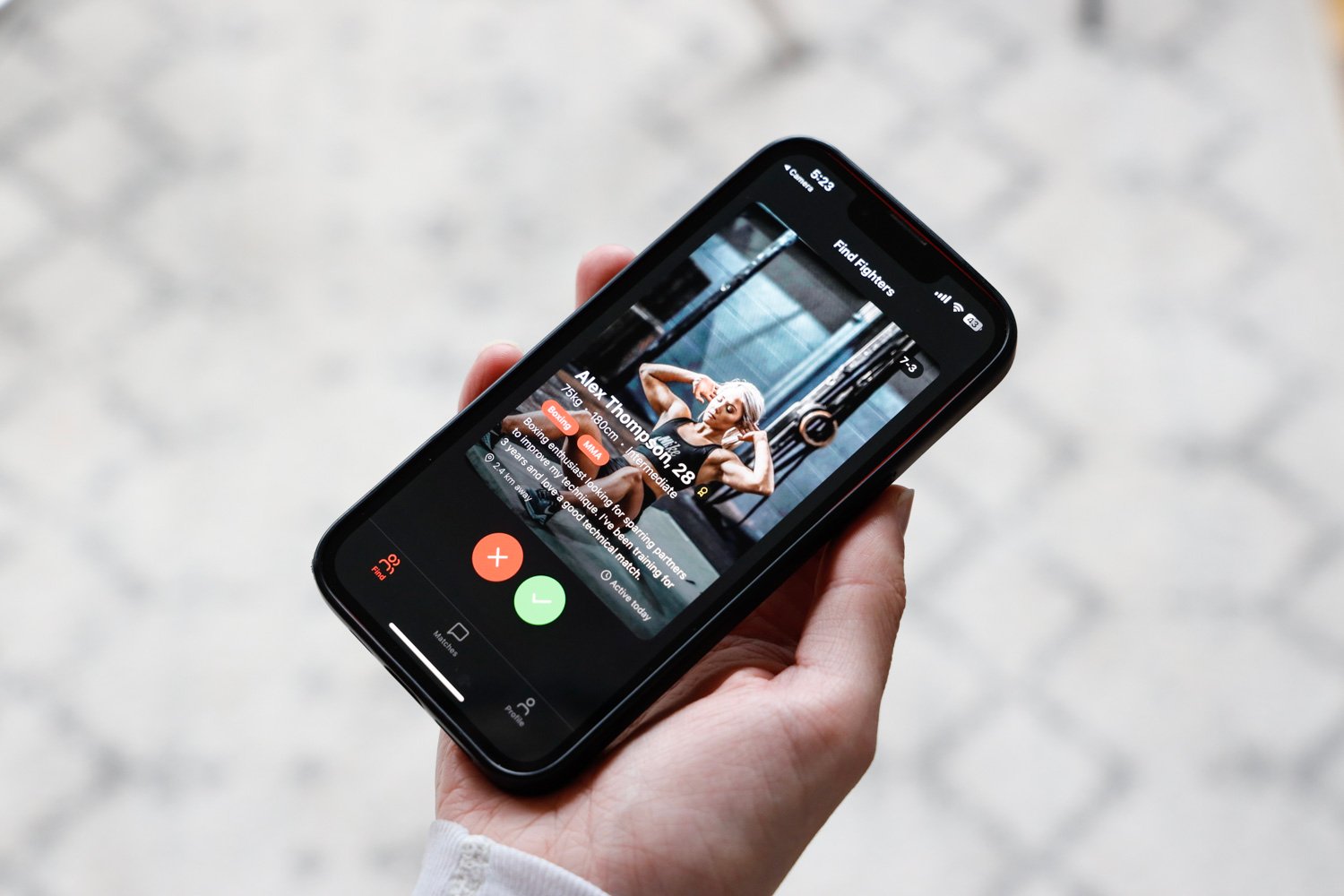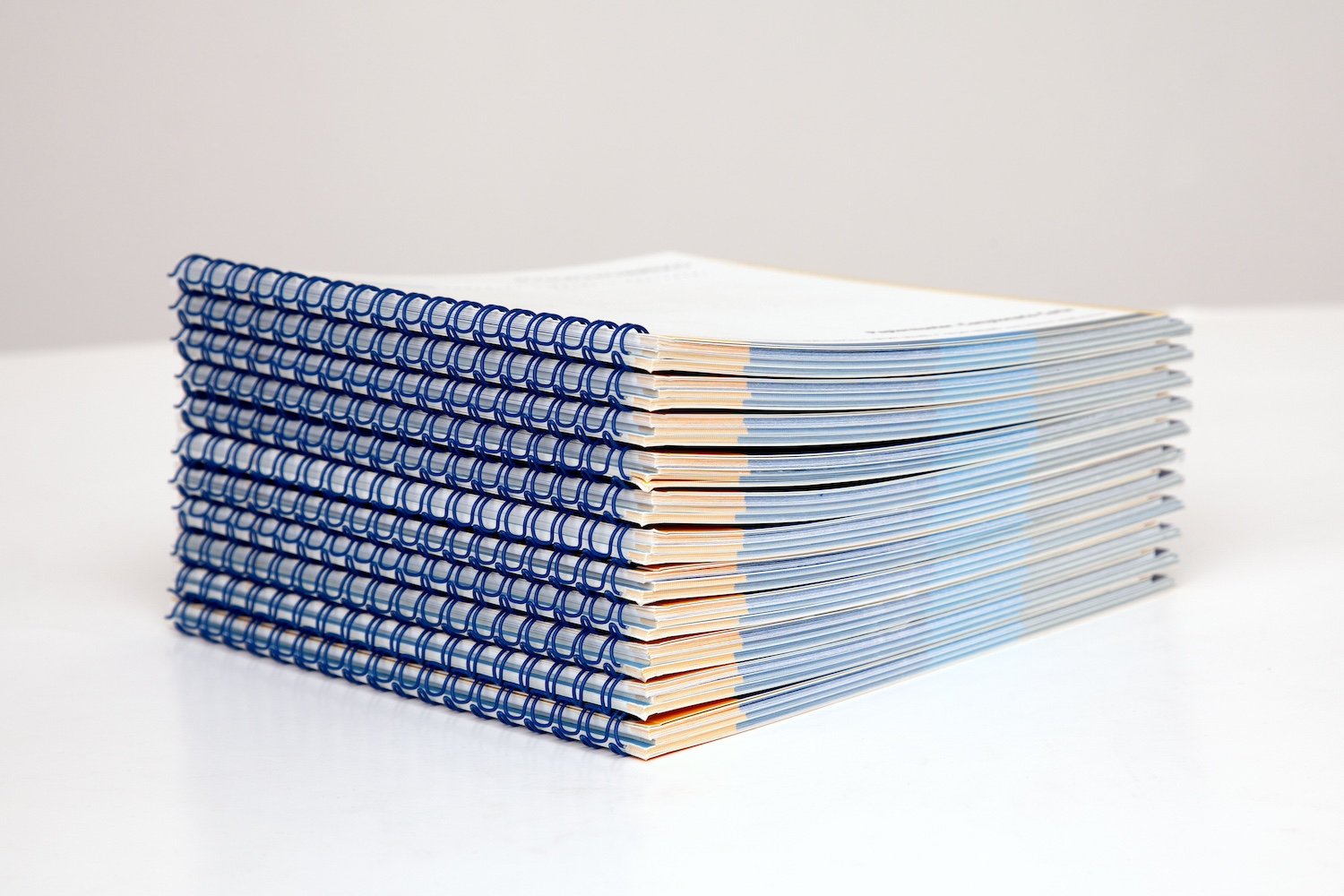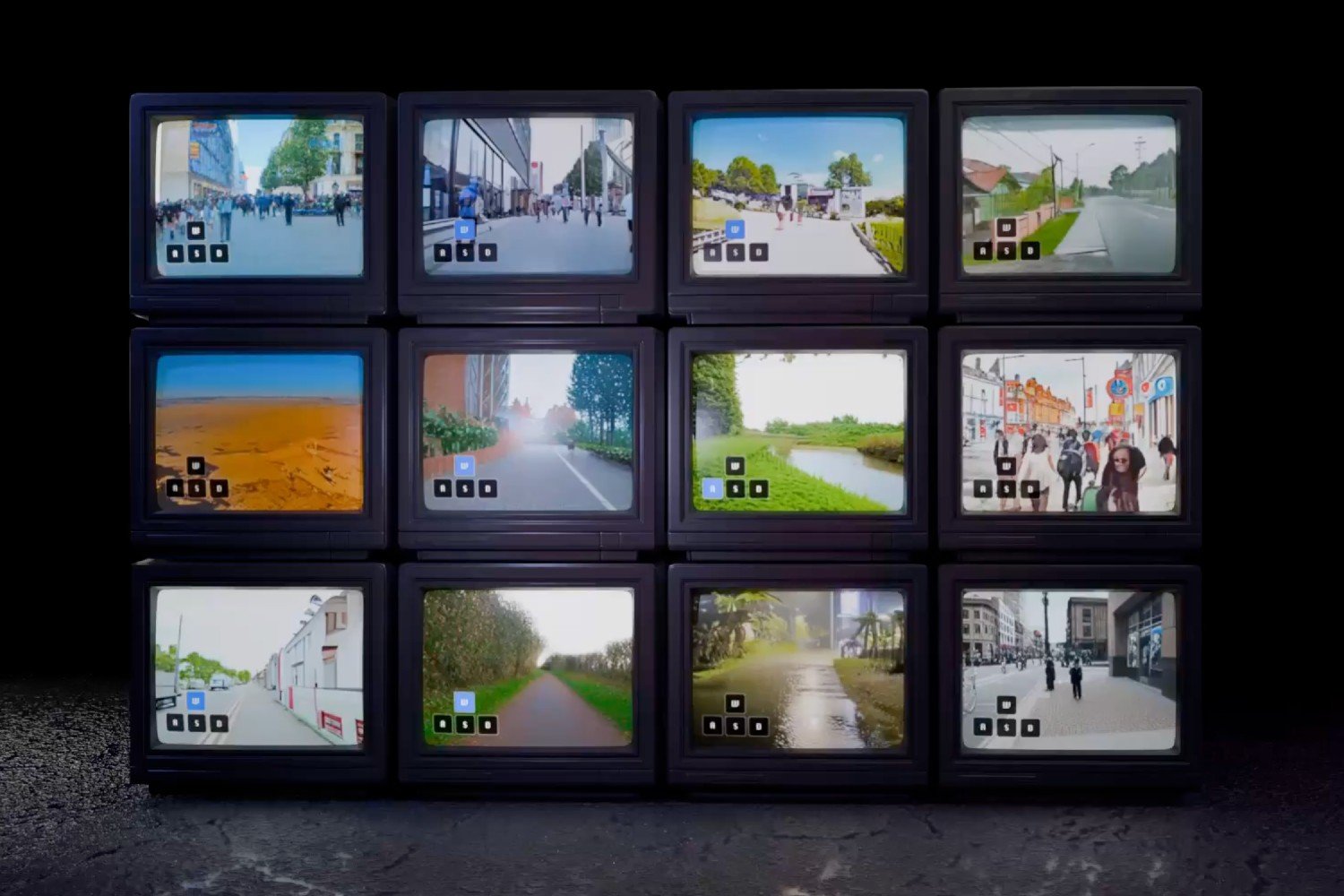The tech landscape is rapidly evolving, with the once common phrase “there’s an app for that” now frequently amended to “there’s an AI app for that.” Taking this a step further, we now even have AI tools for creating apps themselves. One such platform is Rork, a fascinating tool that aims to simplify app development by leveraging artificial intelligence, potentially heralding a new era for app creation.
What is Rork? The AI App That Codes for You
Rork positions itself as a revolutionary tool capable of transforming text prompts into functional mobile applications. Imagine describing an app idea, and an AI brings it to life—this is Rork’s core promise. It was promoted on X (formerly Twitter) with an intriguing AI-generated advertisement, reportedly created using Google’s Veo 3 video generator, adding another layer to its AI-centric approach.
The platform utilizes Anthropic’s Claude 4 large language model to interpret user requests and generate the necessary components for an app. This includes not just the underlying code but also design elements like color schemes, features, and various parameters essential for a mobile application. Once these elements are conceptualized, Rork’s interface organizes them, allowing users to inspect the code if they possess the technical know-how. The final step involves generating a usable preview that can be tested on a mobile device.
Hands-On with Rork: Creating “FightMatch”
To test its capabilities, a simple yet illustrative prompt was given to the web version of Rork: “I want to make an app that matches me with similar-sized people in my area to fight. Like Tinder but for fisticuffs.” After a brief processing period, Rork, powered by Claude 4, began to outline the app’s structure, including its visual style and core functionalities.
The platform then compiled the code and offered a QR code to generate a preview using ExpoGo, a tool for deploying code in a test environment. The result was “FightMatch,” a conceptual app born from a simple text instruction.
 FightMatch app interface preview generated by Rork AI app builder
FightMatch app interface preview generated by Rork AI app builder
This demonstrates Rork’s ability to quickly translate an idea into a tangible, albeit basic, application preview. The speed from concept to a testable prototype is noteworthy, especially for individuals without coding experience.
Pushing the Limits: Can Rork Build an AI App?
An attempt was made to further explore Rork’s capabilities by prompting it to create an app that uses generative AI for image or video creation—essentially, an AI app that generates AI content. However, this more complex request resulted in “critical errors” within the Rork system. Despite attempts to use the platform’s “fix” feature, the issues persisted, indicating current limitations in handling highly sophisticated or meta-level app generation tasks.
First Impressions and the Road Ahead for AI App Builders
For someone without a coding background, Rork’s ability to take a straightforward text prompt and produce the code for a functional prototype in approximately a minute is impressive. The journey from a mere idea to a previewable app is remarkably swift.
[internal_links]
However, it’s important to manage expectations. The app generated by Rork and Claude, while a good starting point, would likely require significant refinement—both technically and aesthetically—before being ready for submission to an app store. It serves as a serviceable first draft rather than a polished, market-ready product. The “FightMatch” concept, for instance, leaned more towards a general fighting app rather than a niche, Fight Club-style application, suggesting the AI might opt for safer, broader interpretations.
The Double-Edged Sword: Innovation vs. “AI Slop”
Tools like Rork undeniably hold vast potential for expediting the app creation process, making development more accessible. Yet, as with many generative AI tools, such as Google’s Veo 3, there’s an accompanying concern: the potential proliferation of low-quality or unnecessary applications, often termed “AI slop.” This raises a critical question for the tech industry: do we truly need more apps, or should the focus be on better, more refined applications? While the drive for quantity often prevails in the tech world, the long-term value lies in quality and genuine utility.
In conclusion, Rork AI offers an exciting peek into the future of app development, where AI significantly lowers the barrier to entry. While the technology shows promise for rapid prototyping and empowering non-coders, the quality of output and the broader implications for the app ecosystem warrant careful consideration. The balance between democratizing creation and maintaining high standards will be crucial as AI app builders continue to evolve.











